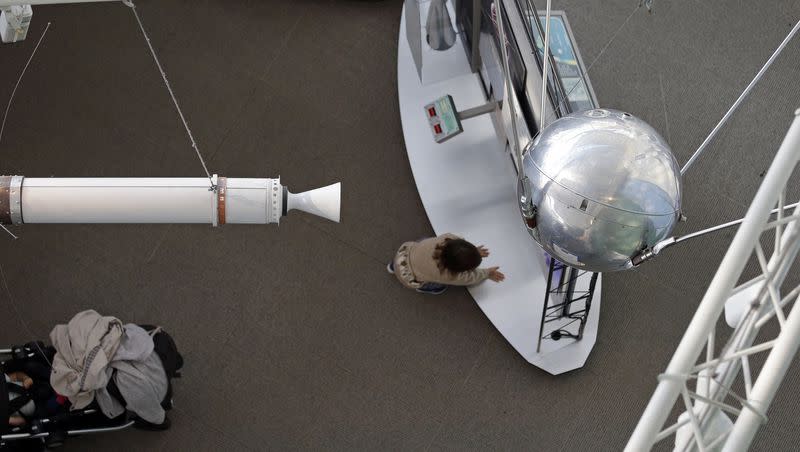Video: Watch the space race begin 66 years ago with footage of Explorer 1

Sixty-six years ago, on Jan. 31, 1958, the U.S. joined the space race after the Soviet Union launched Sputnik 1 at the beginning of October in 1957, as NASA reported.
The satellite, Explorer 1, launched from Cape Canaveral, Florida, after 10 p.m. and transmitted data for over a year until its batteries ran out on May 23, 1958. It continued to orbit the Earth until 1970 and completed over 58,000 orbits, according to Forbes.
James A. Van Allen led part of Explorer 1’s design. After the satellite reentered the Earth’s atmosphere, he described Explorer 1’s success as “one of the landmarks in the technical and scientific history of the human race” on March 31, 1970.
He added, “It inspired an entire generation of young men and women in the United States to higher achievement and propelled the western world into the space age.”
Retro Space HD posted a compilation of several angles of Explorer 1’s launch and included original audio.
NASA explained that Explorer 1 was a satellite designed by a team of scientists led by William H. Pickering, Van Allen and Wernher von Braun “to measure the radiation environment in Earth orbit.”
Pickering led the design and construction of the satellite, Van Allen “designed and built the instrument on the explorer that discovered the radiation belts” that circle Earth, and Braun led the design of “the first stage Redstone rocket that launched Explorer 1” into space, according to the Smithsonian’s Air and Space Museum.
NASA added, “Van Allen theorized that the instrument may have been saturated by very strong radiation from a belt of charged particles trapped in space by Earth’s magnetic field.”
The U.S. launched Vanguard 1 several months later in March 1958, which confirmed the existence of radiation belts that Van Allen theorized, per Gunter’s Space Page.

